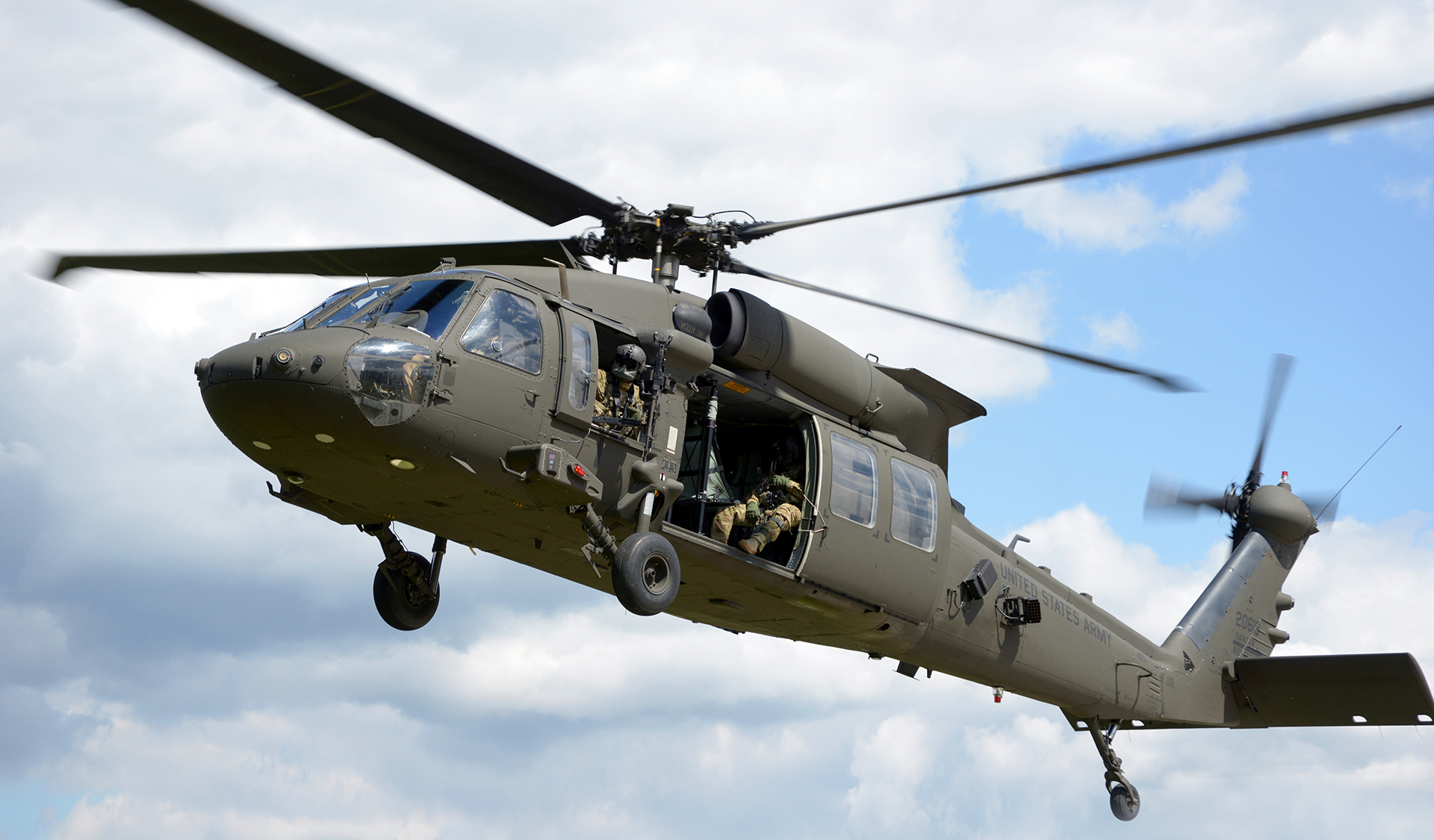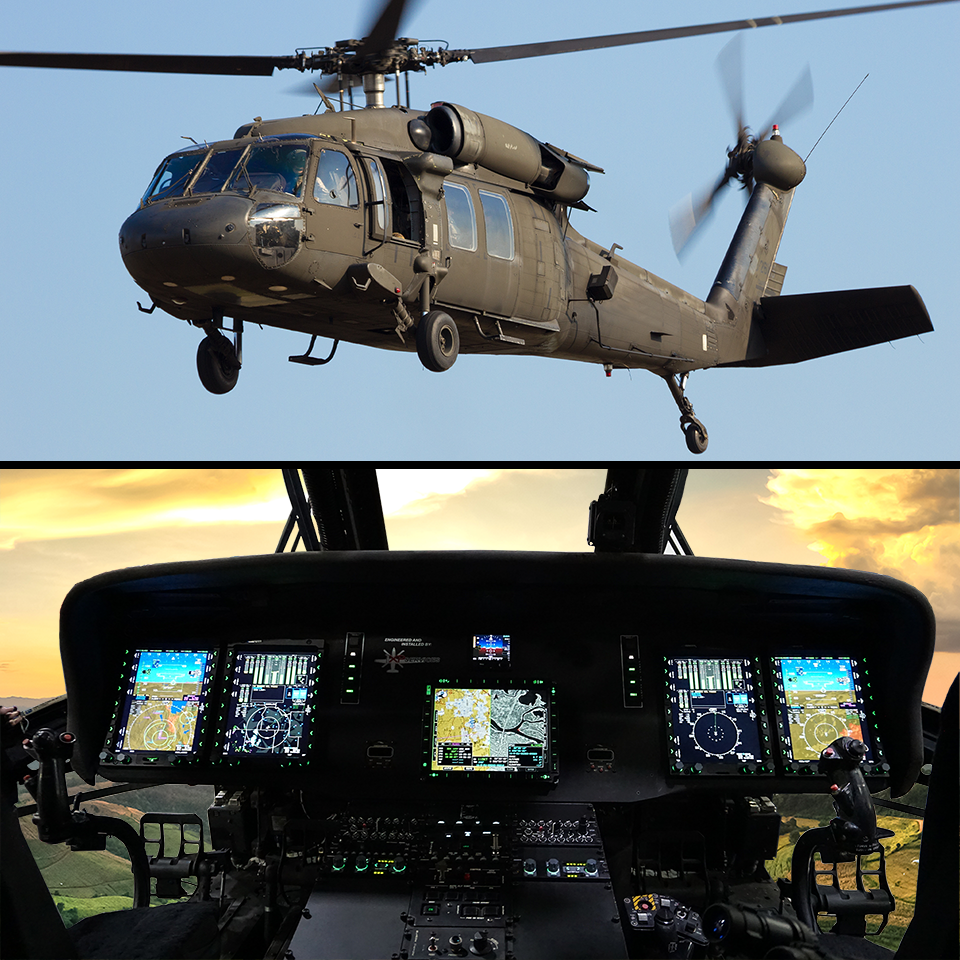Every Little Thing You Need to Understand About the UH 60 Helicopter
The UH-60 helicopter, a keystone of U.S. Army aeronautics because its launching in 1979, stands for an impressive blend of engineering and functional versatility. As armed forces demands evolve, so as well does the helicopter, with recurring developments aimed at improving its capacities and integrating contemporary innovations.
Background of the UH-60
Developed in the late 1970s, the UH-60 Black Hawk helicopter became a response to the U.S. Military's demand for a versatile utility helicopter that can carry out a range of goals under difficult conditions. The impetus for its layout was the shortcomings identified in the earlier helicopters used during the Vietnam Battle, particularly in terms of rate, ability to move, and survivability.
The Black Hawk was created by Sikorsky Airplane, including innovative technologies and products to boost its efficiency and resilience. It was officially introduced right into solution in 1979, promptly becoming an essential asset for military procedures - uh 60. Its capacity to move soldiers, clinical emptying, and logistical support in both combat and altruistic goals made the Black Hawk an indispensable element of the united state Military's aeronautics fleet
Throughout the years, the UH-60 has been continually updated, adjusting to the changing nature of war and the advancing requirements of contemporary military procedures. Its functional history consists of engagement in major conflicts, peacekeeping missions, and calamity relief initiatives, solidifying its online reputation as a effective and dependable helicopter in numerous atmospheres worldwide.

Style and Requirements
The design of the UH-60 Black Hawk helicopter continually shows a commitment to operational efficiency and versatility. Established by Sikorsky Airplane, this medium-lift energy helicopter includes a smooth, wind resistant body that improves rate and ability to move. Its tandem blades system, identified by 2 counter-rotating blades, lessens vibration and increases lift capacity, enabling more secure operations in diverse settings.
The UH-60 is powered by two T700-GE-701C turboshaft engines, giving an optimum rate of roughly 180 knots and a series of around 400 maritime miles. Its durable airframe is created from advanced composite products, guaranteeing sturdiness while keeping a fairly low weight. The helicopter has an optimum gross weight of regarding 22,000 pounds, sustaining a versatile payload setup.

Goals and functions
A flexible platform, the UH-60 Black Hawk helicopter offers a wide variety of duties and missions within armed forces procedures. Made largely for troop transportation, it can bring approximately 11 soldiers, making it an essential asset for rapid implementation and logistical assistance.
In enhancement to army transport, the UH-60 stands out in clinical discharge (MEDEVAC) objectives, geared up with advanced clinical equipment to give essential care throughout transit. Its capacity to operate in varied atmospheres enhances click for source its effectiveness in fight search and rescue (CSAR) operations, where quick extraction of employees is important.
The helicopter likewise plays a considerable function in reconnaissance and security objectives, making use of onboard sensors and tools to debrief. Its flexibility expands to logistical support, capable of transferring products and equipment to ahead operating bases.
In combat operations, the UH-60 can be equipped with different weapon systems, enabling it to give close air support. Its multi-role ability makes the Black Hawk a crucial device for contemporary army pressures, adjusting perfectly to the developing demands of battlefield situations and making sure objective success across an array of functional contexts.
Performance and Abilities
Known for its durable efficiency, the UH-60 Black Hawk helicopter boasts remarkable capabilities that improve its operational performance across numerous goals. uh news 60. This multi-role aircraft is furnished with effective twin-engine Turbomeca Arriel 1D1 engines, offering extraordinary rate and ability to move, with an optimum cruise rate of about 150 knots and a functional variety of around 400 nautical miles
The Black Hawk's advanced avionics and fly-by-wire control systems substantially enhance trip safety and security and handling, enabling it to operate in diverse atmospheres, including adverse climate condition. Its convenience is further exhibited by its ability to bring up to 11 completely outfitted troops or a haul of approximately 8,000 pounds, making it ideal for troop transportation, medical emptying, and logistical assistance missions.
In Addition, the UH-60 is designed for survivability, including enhanced airframes, ballistic security for staff and travelers, and progressed countermeasure systems to evade hazards. The helicopter's agility and speed, incorporated with its ability for quick implementation, make it a crucial possession in modern army operations, guaranteeing that it stays a crucial element of tactical air support and battlefield movement.
Future Dope

One considerable focus is the assimilation of advanced avionics systems, which will boost situational understanding via enhanced navigation and interaction abilities. This includes the prospective use of synthetic intelligence to help pilots in decision-making and goal preparation.
In addition, future variations may include innovative products and style attributes to reinforce the helicopter's resilience and minimize its radar signature, boosting survivability in opposed settings.
The introduction of hybrid-electric propulsion systems is also on the perspective, aiming to improve gas performance and minimize logistical burdens. Such improvements might prolong operational variety and reduce the helicopter's environmental impact.

Verdict
The UH-60 helicopter represents a substantial development in army air travel since its introduction in 1979. The UH-60's sustaining existence highlights its essential function in contemporary military procedures and highlights the ongoing evolution of army air travel innovation.
The UH-60 helicopter, a keystone of U.S. Military aviation considering that its debut in 1979, stands for an amazing mix of engineering and operational flexibility. As military requirements progress, so also does the helicopter, with recurring developments aimed at boosting its abilities and incorporating contemporary technologies.The design of the find out UH-60 Black Hawk helicopter continually reflects a dedication to functional efficiency and flexibility. Developed by Sikorsky Airplane, this medium-lift utility helicopter includes a smooth, wind resistant body that enhances rate and maneuverability.The UH-60 helicopter stands for a significant innovation in armed forces aviation since its introduction in 1979.